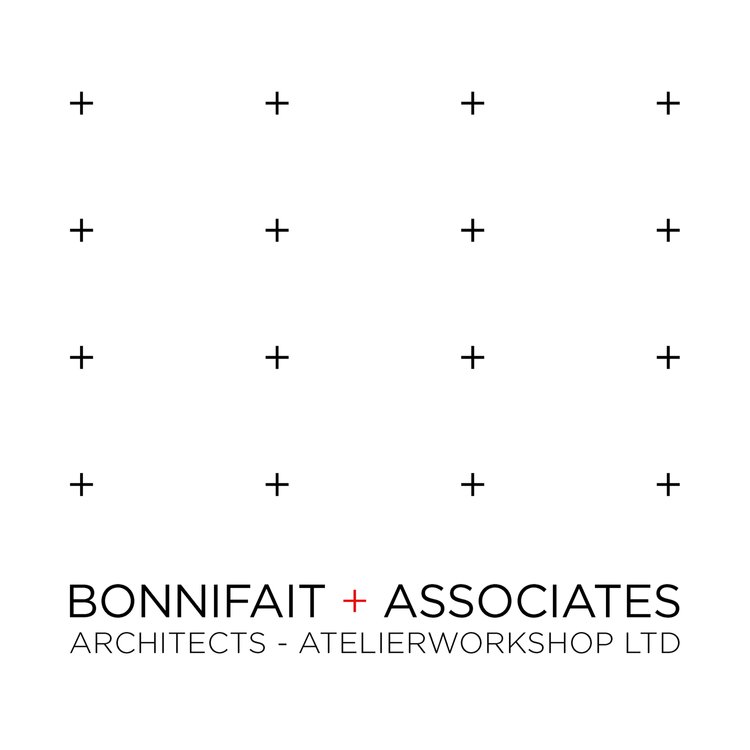Managing Risk for Adapted and Considerate Architecture in Samoa 2013 - 16
Supported by:
Economic, Social and Cultural Cooperation Fund for the Pacific 2013 (Fonds de Cooperation Economique, Sociale et Culturelle pour le Pacifique)
IN COLLABORATION WITH:
The village of Sa'anapu, Upolu Island, South Coast of Samoa.
NIWA, New Zealand
The South Pacific Integrated Observatory for Environment and Terrestrial and Marine Biodiversity (GOPS), New Caledonia
The Australian Tsunami Research Centre in Sydney, New South Wales
Victoria University School of Architecture, Wellington, New Zealand
OBJECTIVE
The objective of this multidisciplinary project is to help mitigate the vulnerability of the Samoan community to natural disasters through characterisation of the hazard, quantification of the risk associated with tsunami and climatic disasters and proposing adapted architectural solutions in respecting the Samoa cultural identity and local economical specificities.
The intertwining of scientific data, architectural appraisal, anthropological notes and sociological surveys will enable the team to propose, in partnership with the local community, technical and operational responses adapted to the geological, climatic, economic and cultural particularities of Samoa.
STAGE 1:
The first stage of the project has been an evaluation stage and the identification of a community to develop this project with. The project is focusing on one structured community on the south coast of Upolu, Samoa. This structured community is characterised by a distinct, limited geomorphology: a small bay, a mangrove and a catchment valley, and has been affected by the 2009 tsunami and the 2011 cyclone. An evaluation of the data available through the international scientific community and the local need and requirements has been undertaken.
STAGE 2: First exchanges with the village of Sa'anapu.
ON SITE WORKSHOP: August 20th -Sept 1st 2013
The second phase of the project was a site visit to collect the data and information (geological and anthropological) required, including:
• The scientific geological background which will aim at collecting information on past tsunami in order to 1) estimate the recurrence on catastrophic events; 2) assess the physical characteristics of such events (run-up, inundation, ..); and 3) validate the numerical models of tsunami that will be undertaken during the research phase.
• The architectural survey will include a detailed documentation of individual buildings both of traditional types still in use including their evolution, and the “non-traditional” or imported types adapted to local needs. This information will be complemented by an assessment of availability of building and human resources. Combined with cultural/anthropological appraisal and risks factors, it will form the basis for creating a considered architectural approach that is not a rupture but rather an evolution of these existing parameters.
STAGE 3: Outlining the project for Sa'anapu
The third stage of the project is the Research and Analysis conducted in Samoa, New-Zealand, Australia and New Caledonia with the input of the village community through its collective memory.
The aim is to bring the first element of response to the identified risk and environment. The analysis, interpretation and synthesis of the documents collected in Samoa will be archived including the production of documentations with maps(zoning, circulation, habitation) graphs, plans, and detailed drawings of construction methods, descriptions and research publications.
This will help to formulate a credible and feasible architectural typology adapted to the specific natural environment and construction method.























